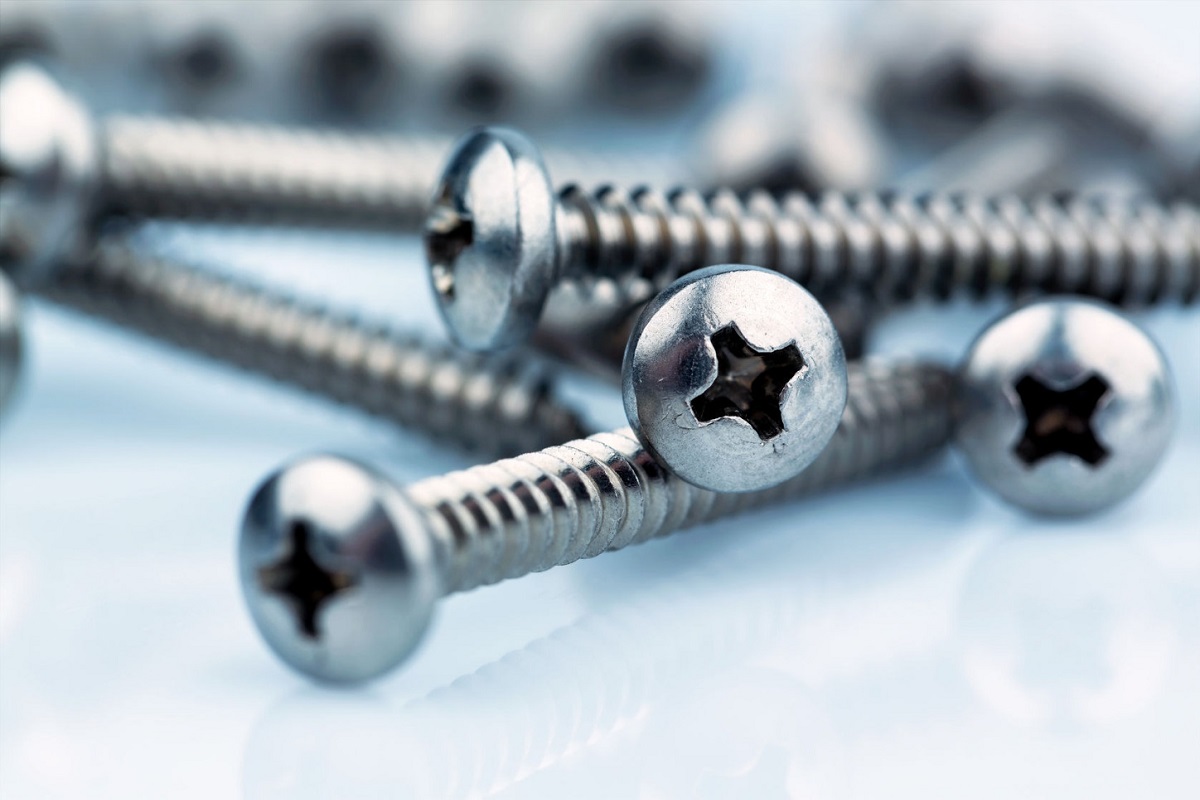For small chores around the house and any other do-it-yourself activities it is important to make use of appropriate screws and bolts. Here is a complete guide with tips to follow to avoid choosing at random.

Assemble the new table, add shelves to the closet, hang the shelves you’ve always wanted in the living room. For all these chores you can’t overlook the most suitable choice of screws and bolts.
The most common mistake is buy at random, when in reality they are accessories of different sizes, shapes and types of use.
In this guide of ours we will help you to orient yourself in the best way, we explain what are screws and bolts, what are they for, the type to buy based on usage. Only in this way will you be able to understand the most appropriate ones when you are struggling with do-it-yourself jobs.
Read also: How to choose the perfect wardrobe for your room
Screws: what are they?

The screws are small elements in the shape of a cylinder in which there is a more or less extended thread. They are used in construction and in mechanical works to join objects together. We can classify them based on three distinct factors:
- the head: the upper part of the screw, characterized by a coupling on which to act with a screwdriver or screwdriver. Thanks to this “footprint” it will be possible to exert the force on the tool to tighten it.
- the stem: is the cylindrical element integrally or partially threaded.
- the tip: the terminal part that can be pointed (for drilling) or not.
A further sub-classification concerns the head of the screws what can be flat (for screwdriver screwing), flared (to fit inside the material), cylindrical and rounded (remains on the surface).
L’footprint it can be instead:
- shear (classic manual screwing).
- Phillips (screws for metal).
- asymmetrical (to fix it and never remove it).
- Pozidriv cross (wood screws).
- stella or Torx (to impart greater strength).
- hexagonal (for furniture).
Bolts – what are they?
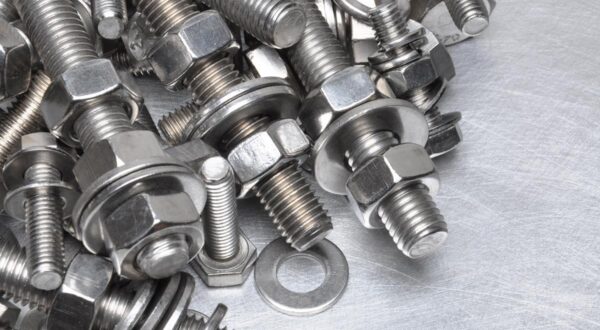
Bolts consist of pairs of screws and nuts, separable from each other with a simple disassembly operation. They are used for join two objects. Usually they are characterized by presenting one hexagonal shaped head larger than the barrel, in order to guarantee a better fixing. How do they work? The cylindrical part of the screw is passed through a hole and fixed on the opposite side using a nut.
You may be interested in: Sofa in the garden: how to orient yourself between styles and materials
How to choose screws and bolts
The correct choice of screws and bolts is essential to ensure the perfect success of the job you are about to complete. The starting point is the material to which they apply. In this regard, on the market they are available in many types that we are going to list below.
Screws for wood

The wood screws they stand out for a substantial peculiarity: being able to fit into the object in a fluid way and without damaging it. The final part is pointed while the thread can be along the entire stem or only partially. The flared head (truncated cone) has a recess in the shape of six-pointed (Torx) or cross (Pozidriv) stars. Generally this type of screws are made in stainless steel, galvanized or bronzed. Round head wood screws are also on sale, always produced in steel, with slotted or cross head.
Do you want design advice on how to furnish? Join the group
Screws for drywall
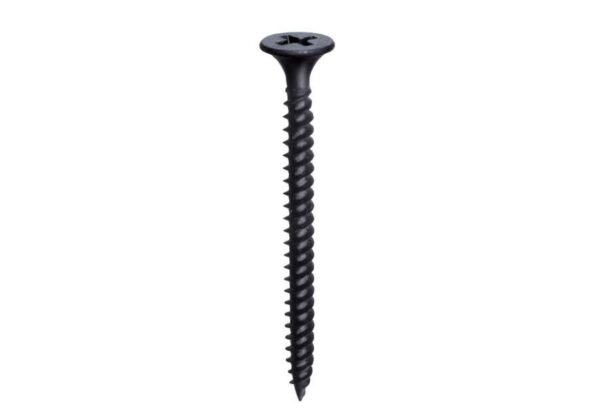
For plasterboard walls you need specific screws. Outwardly they occur of black color, they are fully threaded, with a countersunk head and a cross recess. They can also be self-tapping and self-drilling.
Screws for metal
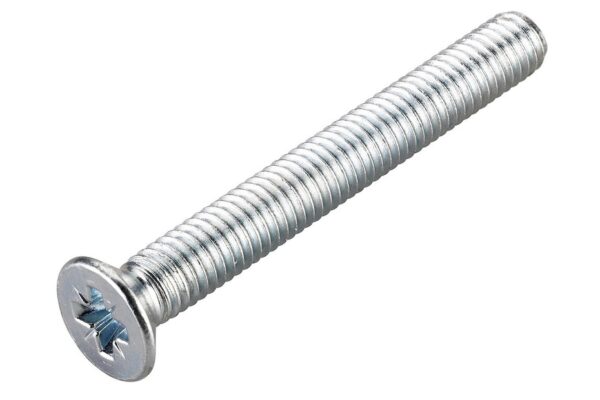
The screws for metal they are available in different shapes and sizes. Used mainly in mechanics, depending on their use on the market you can find many types. Based on the work to be done, they present different degrees of resistance and deformation, adapting to different temperatures, pressures and torsion levels.
Screws for concrete
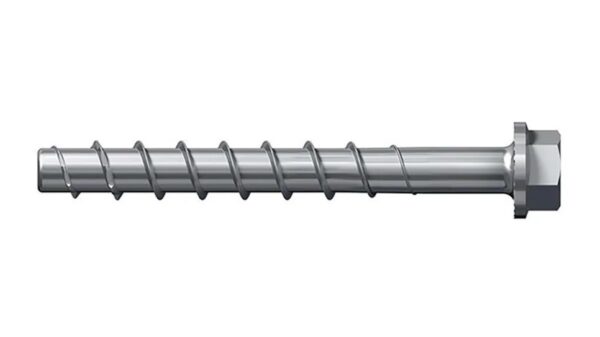
The screws for concrete they can come in different shapes and lengths. They represent a fastening system to be used instead of the classic dowels. In this regard, they are recommended the self-tapping.
Screws for windows and doors
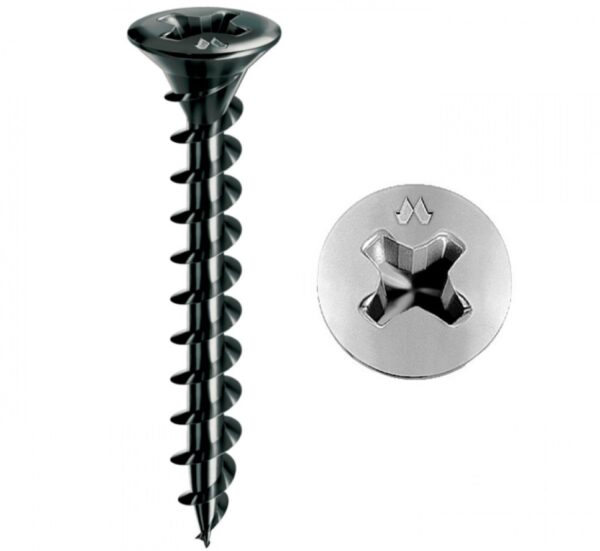
The screws for windows and doors are specially made to be used on materials such as aluminum and PVC. They generally have a countersunk or cylindrical head it’s a’Torx cross recess.
Self-drilling screws
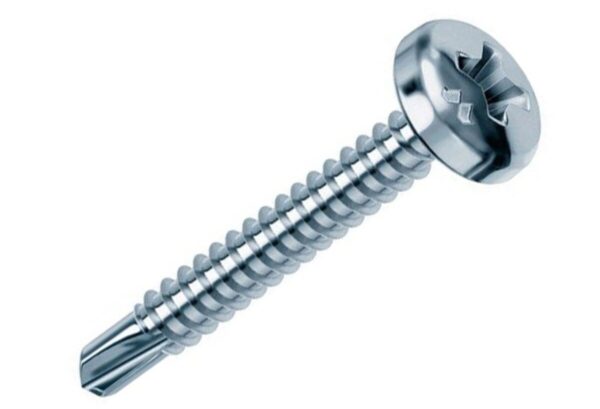
The self-drilling screws stand out to be of easy screwing. They do not require drilling because during the screwing action they are able to pierce objects. They can present one hexagonal, rounded or countersunk head. Depending on the type of material they are made of, they are used for works in sheet metal, wood or iron. They represent the solution to insure drilling, threading and screwing in a single operation.
Length, diameter and thread of a screw

There length, diameter and thread of the screws are additional elements to consider based on the type of work. The measurements of the first two start from a few millimeters and increasing the values present a greater fixing weight. Regarding the thread, if it is total it covers the entire stem of the vine up to the head while if it is partial it covers only a part of it.
Screws and bolts: photos and pictures
Below is a complete gallery of images that will help you in the correct choice of screws and bolts for your works in wood, plasterboard, metal and many other types of materials.
For small chores around the house and any other do-it-yourself activities it is important to make use of appropriate screws and bolts. Here is a complete guide with tips to follow to avoid choosing at random.

Assemble the new table, add shelves to the closet, hang the shelves you’ve always wanted in the living room. For all these chores you can’t overlook the most suitable choice of screws and bolts.
The most common mistake is buy at random, when in reality they are accessories of different sizes, shapes and types of use.
In this guide of ours we will help you to orient yourself in the best way, we explain what are screws and bolts, what are they for, the type to buy based on usage. Only in this way will you be able to understand the most appropriate ones when you are struggling with do-it-yourself jobs.
Read also: How to choose the perfect wardrobe for your room
Screws: what are they?

The screws are small elements in the shape of a cylinder in which there is a more or less extended thread. They are used in construction and in mechanical works to join objects together. We can classify them based on three distinct factors:
- the head: the upper part of the screw, characterized by a coupling on which to act with a screwdriver or screwdriver. Thanks to this “footprint” it will be possible to exert the force on the tool to tighten it.
- the stem: is the cylindrical element integrally or partially threaded.
- the tip: the terminal part that can be pointed (for drilling) or not.
A further sub-classification concerns the head of the screws what can be flat (for screwdriver screwing), flared (to fit inside the material), cylindrical and rounded (remains on the surface).
L’footprint it can be instead:
- shear (classic manual screwing).
- Phillips (screws for metal).
- asymmetrical (to fix it and never remove it).
- Pozidriv cross (wood screws).
- stella or Torx (to impart greater strength).
- hexagonal (for furniture).
Bolts – what are they?

Bolts consist of pairs of screws and nuts, separable from each other with a simple disassembly operation. They are used for join two objects. Usually they are characterized by presenting one hexagonal shaped head larger than the barrel, in order to guarantee a better fixing. How do they work? The cylindrical part of the screw is passed through a hole and fixed on the opposite side using a nut.
You may be interested in: Sofa in the garden: how to orient yourself between styles and materials
How to choose screws and bolts
The correct choice of screws and bolts is essential to ensure the perfect success of the job you are about to complete. The starting point is the material to which they apply. In this regard, on the market they are available in many types that we are going to list below.
Screws for wood

The wood screws they stand out for a substantial peculiarity: being able to fit into the object in a fluid way and without damaging it. The final part is pointed while the thread can be along the entire stem or only partially. The flared head (truncated cone) has a recess in the shape of six-pointed (Torx) or cross (Pozidriv) stars. Generally this type of screws are made in stainless steel, galvanized or bronzed. Round head wood screws are also on sale, always produced in steel, with slotted or cross head.
Do you want design advice on how to furnish? Join the group
Screws for drywall

For plasterboard walls you need specific screws. Outwardly they occur of black color, they are fully threaded, with a countersunk head and a cross recess. They can also be self-tapping and self-drilling.
Screws for metal

The screws for metal they are available in different shapes and sizes. Used mainly in mechanics, depending on their use on the market you can find many types. Based on the work to be done, they present different degrees of resistance and deformation, adapting to different temperatures, pressures and torsion levels.
Screws for concrete

The screws for concrete they can come in different shapes and lengths. They represent a fastening system to be used instead of the classic dowels. In this regard, they are recommended the self-tapping.
Screws for windows and doors

The screws for windows and doors are specially made to be used on materials such as aluminum and PVC. They generally have a countersunk or cylindrical head it’s a’Torx cross recess.
Self-drilling screws

The self-drilling screws stand out to be of easy screwing. They do not require drilling because during the screwing action they are able to pierce objects. They can present one hexagonal, rounded or countersunk head. Depending on the type of material they are made of, they are used for works in sheet metal, wood or iron. They represent the solution to insure drilling, threading and screwing in a single operation.
Length, diameter and thread of a screw

There length, diameter and thread of the screws are additional elements to consider based on the type of work. The measurements of the first two start from a few millimeters and increasing the values present a greater fixing weight. Regarding the thread, if it is total it covers the entire stem of the vine up to the head while if it is partial it covers only a part of it.
Screws and bolts: photos and pictures
Below is a complete gallery of images that will help you in the correct choice of screws and bolts for your works in wood, plasterboard, metal and many other types of materials.

